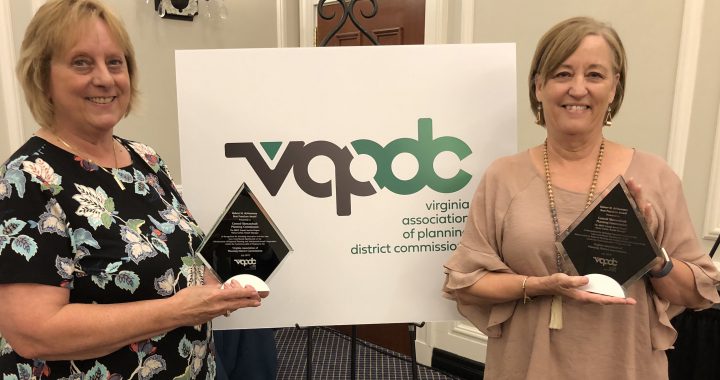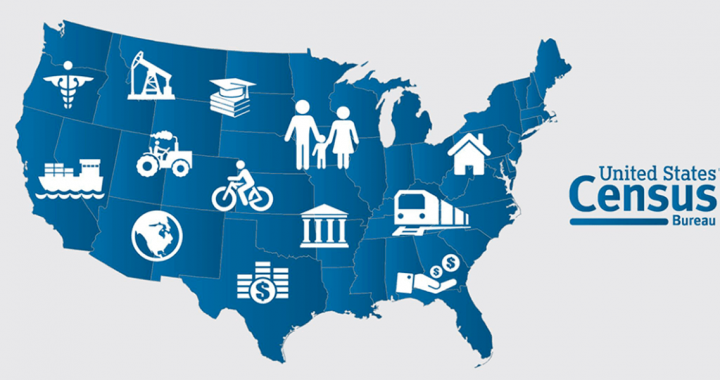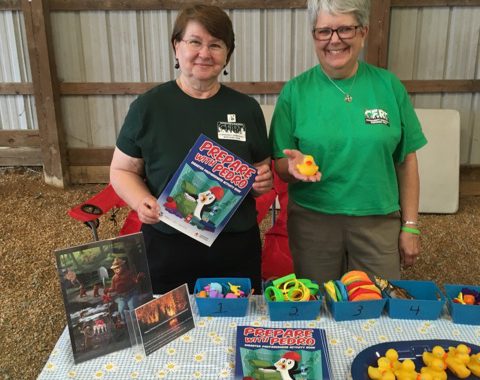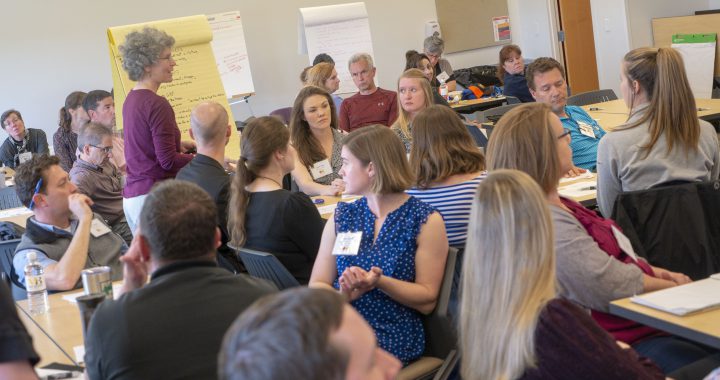Category Archives: News
BRITE Bus Receives Best Practices Award
50 Years of Emergency Management
Get Ready to Be Counted During the 2020 Census!
CERT Focuses on Community Resiliency
50 Years of Environmental Planning
Lexington Area Selected for Walkability Institute
First Walk-Bike Summit in SAW Region Held
Sixty elected officials, planners, advocates, and public health practitioners gathered on April 26 at the Murphy Deming College of Health Sciences for the Staunton-Augusta-Waynesboro (SAW) region’s first annual Walk-Bike Summit. The Summit’s mission is to “improve the health, safety, and economy of our community by connecting community partners who want to make Staunton, Augusta County, and Waynesboro a more walk and bike friendly place to live and visit.” After hearing a keynote address from Pete Eshelman, the director of the Roanoke Outdoors Foundation, and updates on ongoing local initiatives to create new opportunities to walk and bike in our region, attendees brainstormed goals and action steps to advance the Summit’s mission through their personal and professional work. There are plans of making this an annual event.








